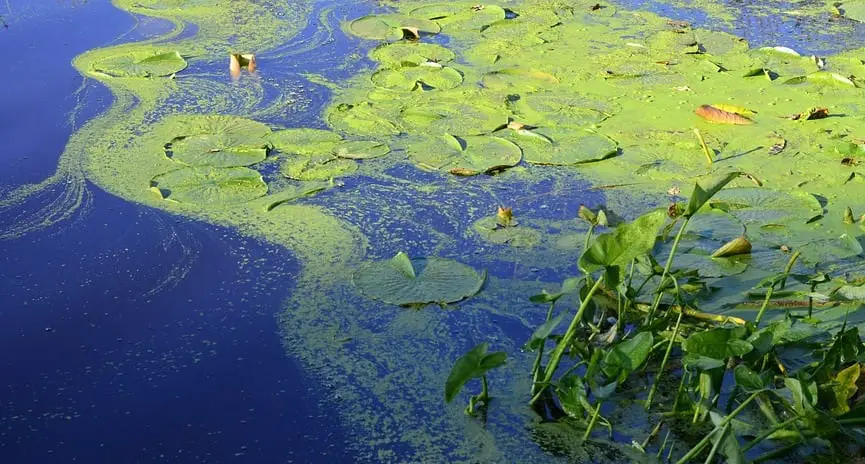
Study finds microalgae can be used for wastewater purification and to produce bioenergy
February 8, 2019Scientists at the University of Eastern Finland are studying the potential application of microalgae.
A new study has found that wastewater purification may be possible with microalgae, also known as phytoplankton. This is great news considering traditional methods to purify wastewater is expensive and requires the extensive use of toxic chemicals and energy. The scientists hope that by studying different types of wastewater, they can screen the best conditions for maximizing microalgae growth.
The scientists learned that wastewater can be effectively treated in open ponds or closed photobioreactors.
What’s more, in addition to being able to treat wastewater in these environments, the microalgae can also effectively recover nutrients at the same time.
“Microalgae grow best in optimized environments,” said Associate Professor Amit Bhatnagar, reported Tech Explorist. “We can increase the amount of algae biomass by adjusting the light, temperature and pH conditions. Different species of microalgae also have their individual characteristics. So far, we have grown microalgae in different types of photobioreactors.”
Bhatnagar added that building a wastewater purification system based on microalgae is possible and that Finland currently does not have sustainable solutions for purifying wastewater.
Presently, treating wastewater is an expensive process that requires the use of lots of toxic chemicals and energy. Bhatnagar says that sustainable solutions for wastewater treatment are needed with a focus on resource recovery.
“Using microalgae is an easy and affordable way to treat wastewater, and no toxic chemicals are needed in the process,” he said.
Beyond wastewater purification, microalgae also offer biodiesel opportunities among others.
Microalgae are comprised of a rich source of valuable components, according to Bhatnagar. These components include proteins, carbohydrates and pigments, all of which are used in food and feed production, nutraceuticals, bioactive pharmaceuticals and functional foods as well as in bioenergy, such as biogas, biodiesel and bioethanol.
The scientists note that the number of microalgae that are needed to produce biodiesel depends upon the structure of composition of fatty acids in the biomass. They also note that the microalgae are capable of using CO2 as a carbon source and that there are new opportunities in the fields of biomedicine and bioplastics.
 In regard to their wastewater purification study, the scientists examined different types of wastewaters, including those from aquaculture, dairy and paper industries, in the hopes of screening optimal conditions for the best microalgae growth.
In regard to their wastewater purification study, the scientists examined different types of wastewaters, including those from aquaculture, dairy and paper industries, in the hopes of screening optimal conditions for the best microalgae growth.



 With over 15 years of reporting hydrogen news, we are your premier source for the latest updates and insights in hydrogen and renewable energy.
With over 15 years of reporting hydrogen news, we are your premier source for the latest updates and insights in hydrogen and renewable energy.